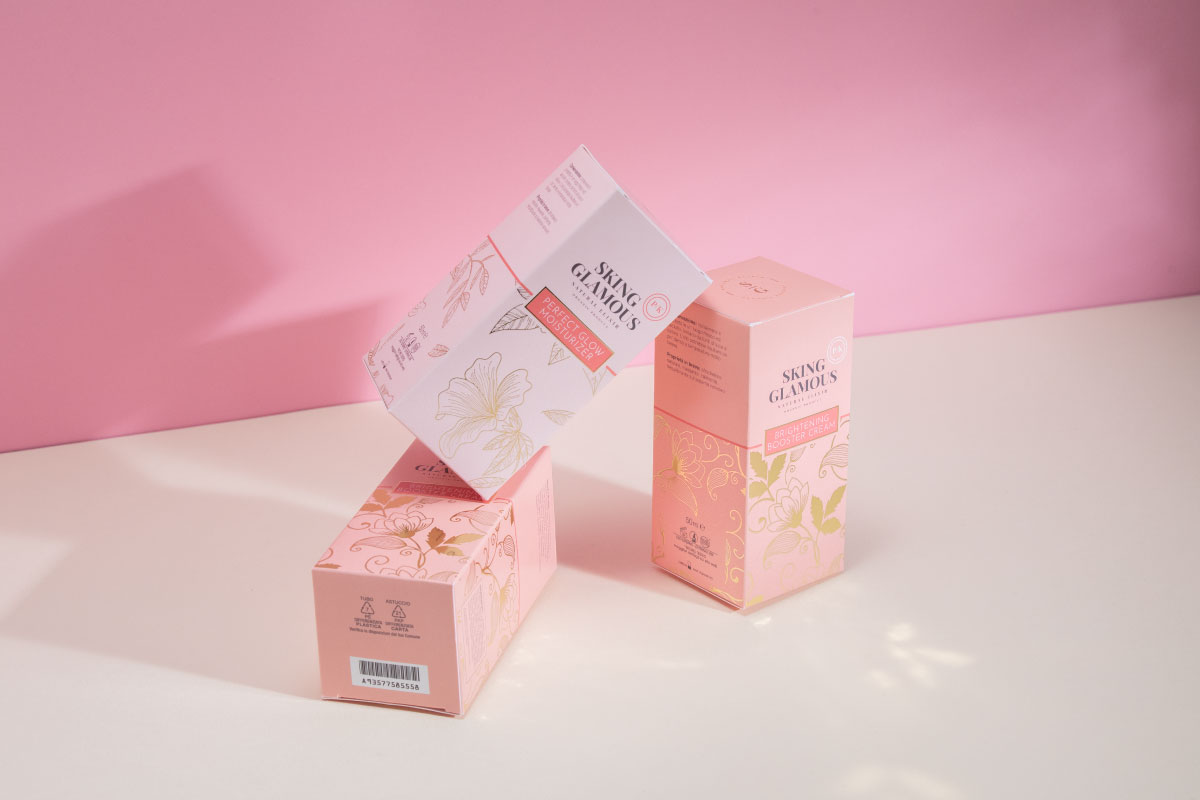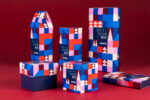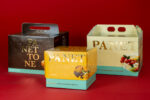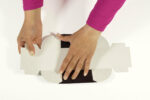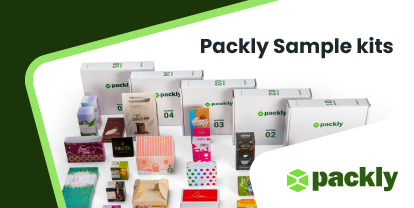Cosmetic packaging is more than just a functional container.
It’s an opportunity for companies to express their identity, grab consumer attention, and, especially in 2024, adapt to the rapid changes in industry trends.
This year, innovations in cosmetic product packaging are moving towards more sustainable, personalized, and technologically advanced directions.
Let’s explore the unmissable cosmetic packaging trends that are redefining the concept of beauty packaging.
The Importance of Cosmetic Packaging
We’ve already mentioned that packaging is no longer just a wrapper but a powerful means of expressing brands’ values and identity, right?
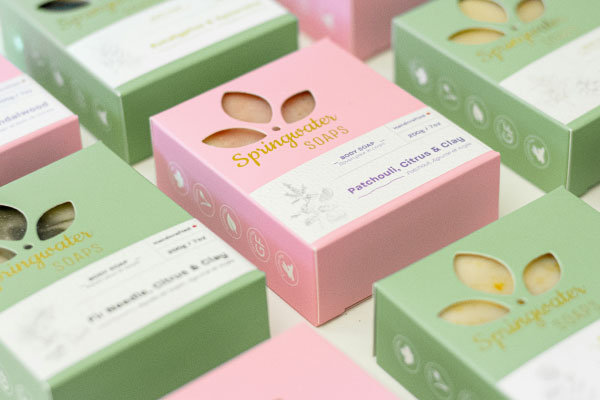
Well, its economic impact should not be underestimated either. Data confirms it: looking at both Yale and the University of Pennsylvania’s study on Sustainability in the beauty sector and the Statista report, the global cosmetic packaging market value, which was around 26.7 billion dollars in 2019, is expected to reach 32.86 billion dollars by 2025.
Considering that selecting packaging is a crucial phase in developing (or re-branding) a cosmetic line, it’s wise to thoroughly analyze, and perhaps embrace, the 2024 beauty packaging trends to gain an edge over competitors.
Sustainable Beauty Packaging
With the urgent climate crisis, eco-conscious purchases are on the rise, and in 2024, consumers are increasingly attentive to environmental impact, pushing brands to develop eco-friendly solutions and reduce plastic use.
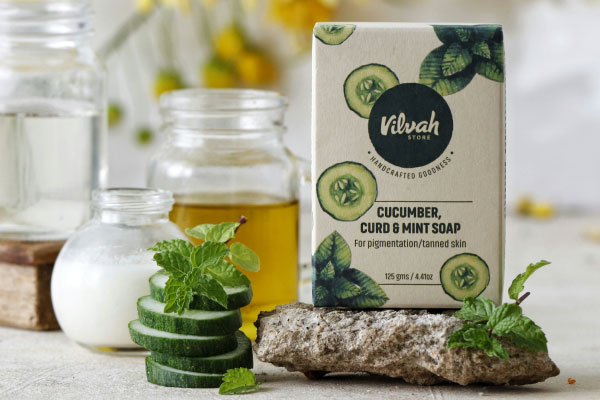
Cosmetic companies are responding to this growing concern by integrating recyclable and biodegradable materials into their packaging, aiming to reduce environmental impact without compromising product quality or aesthetics.
There are numerous examples of brands adopting more responsible cosmetic packaging choices, such as Sephora Collection. Known for offering affordable beauty products, the company has developed an eco-friendly line made with recycled packaging, biologically sourced plastic, and FSC-certified paper.
Also, the beauty brand L’ORGANIQ, which chose Packly for its cosmetic product packaging, rewards the return of their “empty” packaging to recycle and prevent it from ending up in landfills.
Minimalism in Cosmetic Packaging
The less is more philosophy guides many of the 2024 packaging trends. Consumers are drawn to minimalist and refined packages, with clean designs and neutral colors: an aesthetic that conveys a sense of elegance and suggests the presence of high-quality ingredients inside the product.
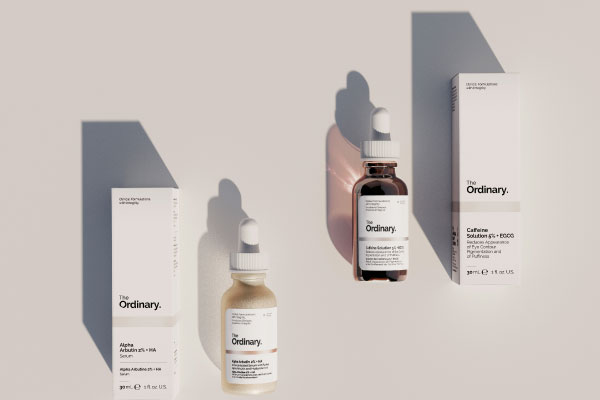
This trend is evident in the brand The Ordinary: their packaging design is extremely simple, with particular attention to the clarity of product information and white or transparent packages with black texts printed in a clear and legible manner.
A choice that reflects the brand’s transparent and direct approach to skincare, highlighting the quality of ingredients and their effectiveness without aesthetic distractions: in this way, consumers, more inclined to trust products with minimalist packaging, perceive them as authentic and high-quality.
Cosmetic Packaging Customization
As we also saw from our interview with Sonia Rovesti, CEO of Rovesti Skin Care – Custom Beauty, brands increasingly recognize the power of customized packaging.
By incorporating unique design elements and branding, companies can distinguish their beauty products from competitors starting from the aesthetic choices related to packaging.
Customized cosmetic packaging allows companies to connect with their target audience on a deeper level and stand out from the competition: whether it’s colors, logos, or exclusive patterns, customized packages add an exclusive touch to the product.
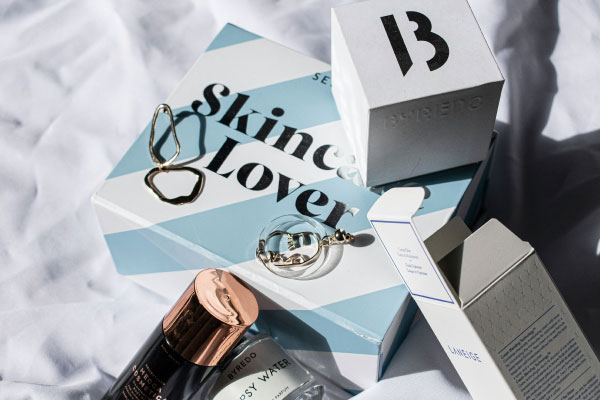
Beauty Packaging and Technology
NFC technology is also increasingly used in cosmetic packaging and can help bridge the gap between online and offline shopping experiences for consumers. A trend that is just beginning, but that already sees brands like Clinique pioneering the industry with its limited edition product Moisture Surge 100H.
But how does it work? It’s very simple: NFCs embedded in labels allow consumers to access cosmetic product information by simply bringing their smartphone close to the label. This enhances the consumer experience, providing detailed information on ingredients, usage modes, and much more.
Unlike QR codes or barcodes, NFC tags do not need to be visible to add an interactive element to product branding, so they can be discreetly integrated under labels without interfering with the packaging design.
Cosmetic Packaging with Sensory Textures
The use of innovative materials and sensory textures is a key trend in the design of cosmetic packaging for 2024.
The latest report from Cosmetica Italiana highlights that the deeply emotional nature of the beauty sector makes the choice of sensory elements (such as velvety packages and metallic finishes) “fundamental to enchant consumers and increasingly loyal to the brand“.
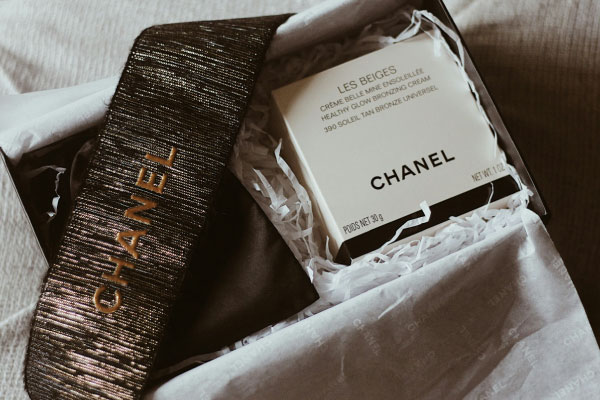
And if brands like Chanel launch the market’s first mascara packages made of recycled aluminum content, they hit two trends with one product (and with one product only!).
Cosmetics Packaging of the Future
This 2024 for cosmetic packaging is therefore rich in trends and novelties. Consumers are increasingly considering environmental impact, minimalism, integrated technology, customization, and aesthetics as determining factors in their purchasing decisions in the cosmetics sector.
For the future, we can expect an increased focus on sustainability, with innovations in material recycling, refill systems as alternatives to disposable packaging, and reducing environmental impact.
Customization might evolve further, incorporating advanced technologies to create even more unique experiences.
It will be the consumers who drive beauty packaging towards more sustainable and personalized practices. And the companies that let themselves be guided will have the potential to stand out in the future of cosmetic packaging. Don’t miss the opportunity to create exclusive cosmetics packaging by following these trends on the dedicated Packly page!
